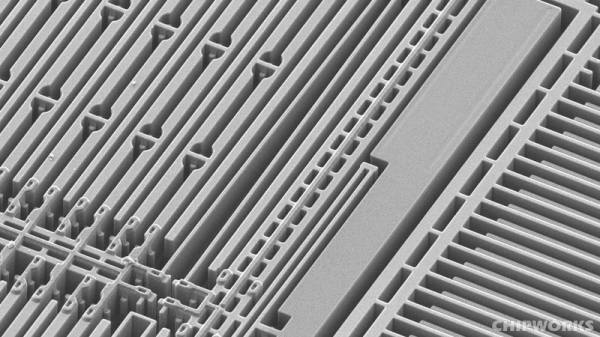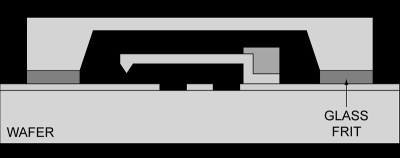[The BBC] reports Companies all over the world are reporting a new ransomware variant of WannaCry. this time it has taken out sensors monitoring the Chernobyl nuclear disaster site.
We have all heard of the growing problem of ransomware and how Windows XP systems seem especially susceptible to WannaCry and it’s variants which were originally zero day vulnerabilities stored up by the NSA then leaked by WikiLeaks. Microsoft did release a patch. It’s been everywhere in the media but it still seems that some people didn’t get the memo.
Ukrainian state power plants and Kiev’s main airport, among others, have been affected. Probably most interesting and scary of all is that Chernobyl monitoring stations have been taken out, and monitors have to take radiation levels manually for the moment.
It seems that most reports are coming from old Soviet Bloc states (Ukraine, Russia, and Poland), which raises the question of where the attacker is based. Kaspersky Lab is reporting that it’s believed the ransomware was a “new malware that has not been seen before” with a close resemblance to Petya. So as a result, the firm has dubbed it NotPetya.
NotPetya is spreading rapidly affecting companies all over the world with no signs of slowing just yet. Will we see an end to WannaCry variants any time soon.
[Update Thanks to [getrekt] , It now seems that this is fake ransomware which just destroys your data whether you pay or not.]



















